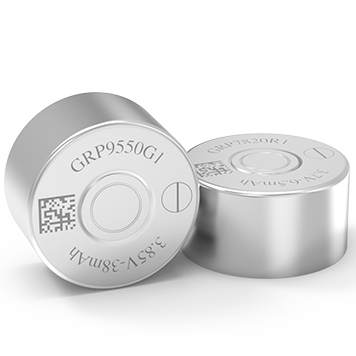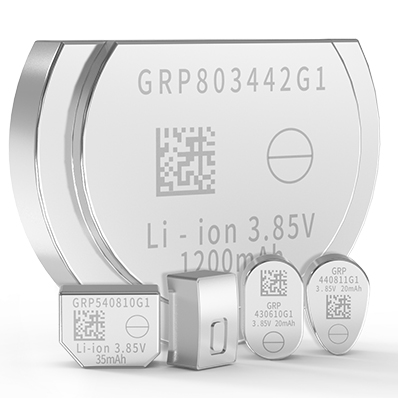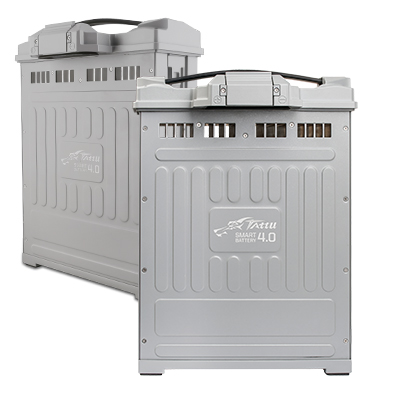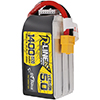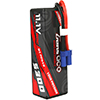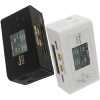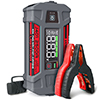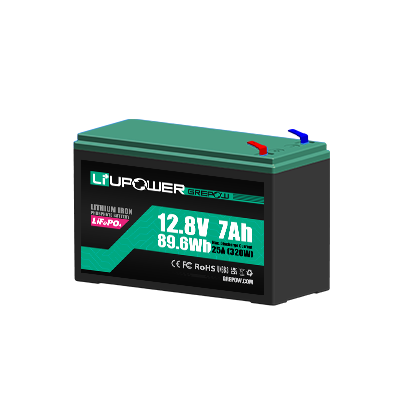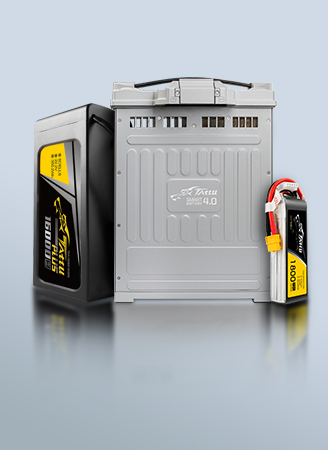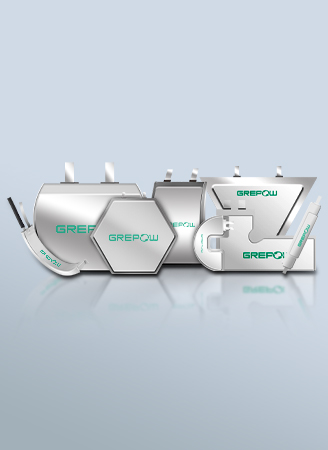UAV vs Drone: What’s the Difference?
Unmanned aerial systems have transformed industries, from agriculture to filmmaking, and sparked widespread interest among hobbyists and professionals alike. Unmanned Aerial Vehicles (UAVs) and drones are terms often used interchangeably—but are they truly the same? While both concepts share many similarities, they diverge in meaning, application, and legal classification. This article delves into the definitions, classifications, and regulatory aspects of drones and UAVs, providing clarity for enthusiasts and professionals alike.
Are Drones and UAVs the Same Thing?
Essentially, yes, a drone is a type of UAV. The term "drone" is a more common, colloquial term, while "UAV" is a broader, more technical term used by industry professionals and regulatory bodies. Think of it like "car" versus "automobile" – "car" is the everyday word, while "automobile" is a more formal classification. "Drone" is a broad, informal term commonly used in consumer and commercial contexts. "UAV" (Unmanned Aerial Vehicle) is a more technical term, often used in aerospace and regulatory frameworks. All UAVs can be called drones, but not all drones strictly qualify as UAVs depending on the context, especially when distinguishing between vehicles and systems.
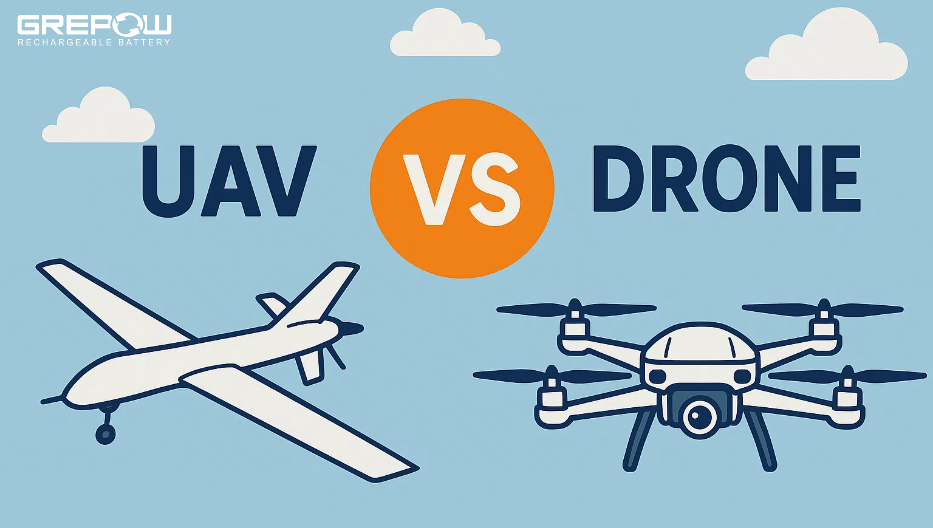
Why Are Drones Called UAVs?
The term UAV emerged from the aerospace and defense industries to define any aerial vehicle that flies autonomously or is remotely piloted without a human onboard. As civilian applications proliferated—ranging from photography to agriculture—the term "drone" was popularized in mainstream use due to its simplicity and familiarity.However, the industry and regulators often prefer "UAV" for its precision and broader scope, which also encompasses more sophisticated systems. Regulatory bodies like the Federal Aviation Administration (FAA) and European Union Aviation Safety Agency (EASA) prefer "UAV" or "UAS" (Unmanned Aircraft System) for precision.
Are All Drones Considered UAVs, or Vice Versa?
As noted, all UAVs are drones because they are unmanned systems operating in the air. However, not all drones are UAVs. Aerial drones are UAVs because they are unmanned and operate in the air. Non-aerial drones, such as underwater ROVs used for marine exploration or unmanned ground vehicles (UGVs) are drones but not UAVs.This distinction is critical in technical discussions, as "UAV" specifically denotes aerial vehicles, while "drone" is a more inclusive term.
What Classifies a Drone as a Drone?
A drone is classified by three key characteristics:
●Unmanned Operation: A drone operates without a human physically present in or on the vehicle.
●Aerodynamic Flight: It generates lift and propels itself through the air using aerodynamic forces, whether via rotors, wings, or other means.
●Versatile Environments: Drones can operate in air, water, or on land, encompassing a wide range of vehicles, from quadcopters to autonomous submarines.
●Purpose-Driven Design: Drones are designed for specific tasks, such as photography, surveillance, delivery, or exploration, often equipped with sensors, cameras, or other payloads.
●Controlled Operation: It's not simply a free-flying object; its flight path and operations are managed, either by a remote pilot or an autonomous system.
The term "drone" is less about the vehicle’s physical attributes and more about its unmanned, task-oriented nature.
What Is the Difference Between a Drone and a UAV?
The primary differences between drones and UAVs lie in their scope, application, and context:
Scope:
●Drone: A broad category encompassing all unmanned vehicles, including aerial (UAVs), terrestrial (UGVs), and aquatic (ROVs or USVs—Unmanned Surface Vehicles).
●UAV: A subset of drones, specifically aerial vehicles that fly without an onboard pilot.
Application:
●Drones: Used in diverse contexts, from consumer hobbies (e.g., racing drones) to industrial applications (e.g., underwater pipeline inspection).
●UAVs: Typically associated with aerospace applications, such as inspections, commercial deliveries, or aerial mapping.
Terminology Context:
●Drone: Common in popular media and consumer markets, often evoking images of quadcopters or small aerial devices.
●UAV: Preferred in technical and regulatory contexts for its precision in describing aerial vehicles.
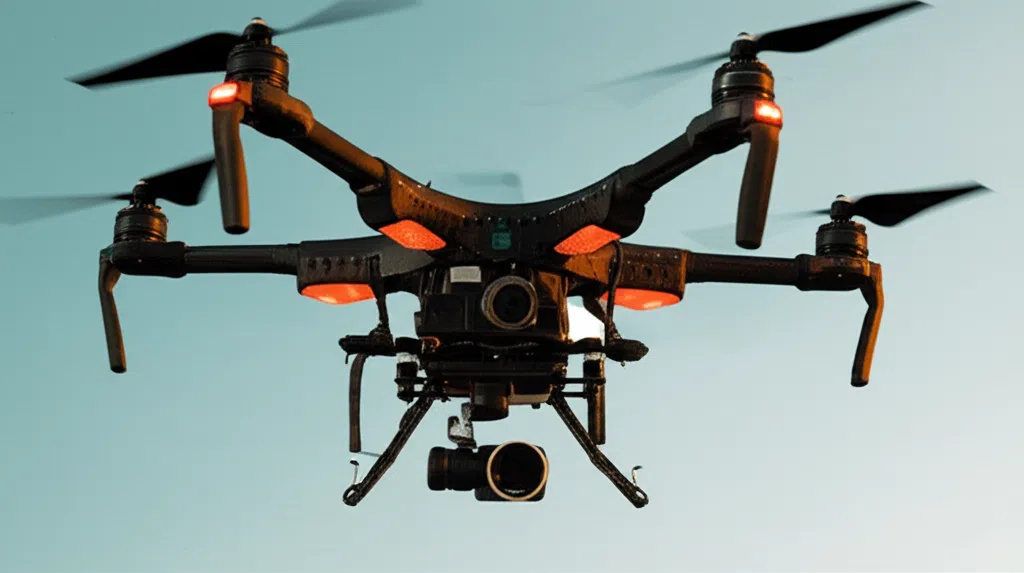
How Do Regulations Differ for Drones and UAVs?
Since drones are a type of UAV, regulations generally apply to UAVs as a whole, which inherently includes drones. Regulatory bodies like the Federal Aviation Administration (FAA) in the United States or the European Union Aviation Safety Agency (EASA) establish rules for the operation of all unmanned aircraft systems (UAS), which include the UAV itself, the ground control station, and the communication links.
What Are the Four Types of Drones?
The four main types of drones are:
●Multi-Rotor Drones: These are popular due to their stability, maneuverability, and vertical takeoff and landing (VTOL) capabilities.
●Fixed-Wing Drones: These resemble traditional airplanes and are more efficient for long-distance flights.
●Single Rotor Drones: These resemble helicopters and offer a blend of the benefits of multi-rotor and fixed-wing drones, but are more complex to control.
●Hybrid VTOL Drones: These combine the VTOL capabilities of multi-rotor drones with the efficiency of fixed-wing drones.
What Are the Three Major Types of UAV?
While the "four types of drones" often refers to the airframe design, "major types of UAV" can also be categorized by their size, capabilities, and operational range. A common high-level categorization, particularly from a advanced operational perspective, includes:
●Micro and Small UAVs: They have relatively short endurance and range, often used for close-range surveillance, reconnaissance, or inspection. Most consumer and many commercial drones fall into this category. Their weight can range from a few grams to around 25 kg (55 lbs).
●Medium-Altitude Long-Endurance (MALE) UAVs: These are significantly larger aircraft that operate at medium altitudes (typically 10,000 to 30,000 feet) and can stay airborne for extended periods (e.g., 20-40 hours). They are often used for persistent surveillance, reconnaissance, and communications relay.
●High-Altitude Long-Endurance (HALE) UAVs: These are the largest and most capable UAVs, designed to operate at very high altitudes (above 30,000 feet, sometimes exceeding 60,000 feet) for extremely long durations (24 hours or more).
It's important to note that classification systems can vary, and other factors like an application (e.g., cargo UAVs) or level of autonomy can also be used to categorize UAVs.
Conclusion
In conclusion, while "drone" is the popular term for these fascinating
flying machines, "UAV" is the more encompassing and technical term. As
technology evolves, precise terminology ensures safety, innovation, and
responsible use across industries.Whether you're a hobbyist, a commercial
operator, or a policymaker, knowing the difference isn't just semantic—it's
essential for safe, effective, and lawful operation in the sky. As a globally leading drone battery manufacturer, Grepow offers a full range of solutions—from consumer FPV drones to industrial UAVs. Our lineup includes high-discharge FPV batteries rated up to 150C, as well as semi-solid-state batteries with capacities up to 24S 84Ah. Whatever your UAV application, you’ll find the right power solution at Grepow. If you have any questions or needs, please feel free to contact us at info@grepow.com.
Related Articles
-

Powering Aerial Artistry: Grepow Battery Solutions Behind Drone Light Shows
2025-10-27 -

Vatican Drone Show: Where Technology Meets Faith
2025-09-15 -
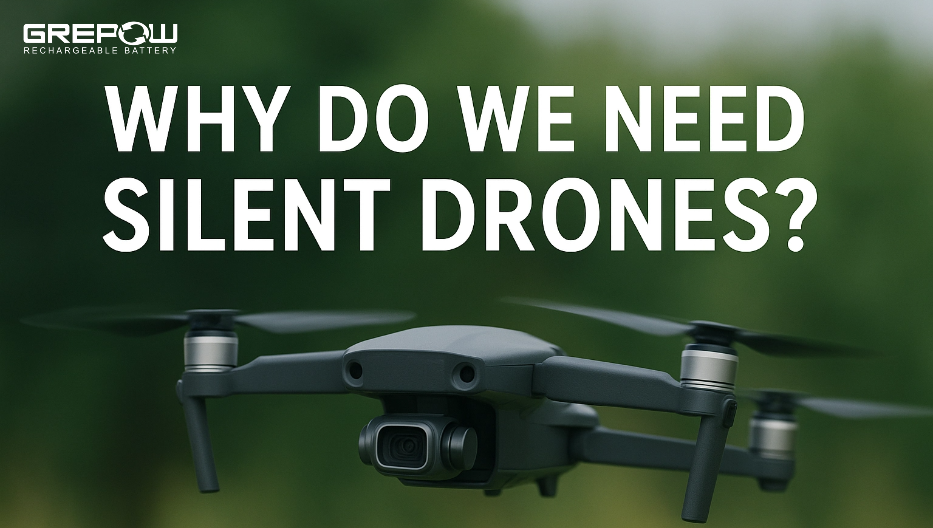
Why Do We Need Silent Drones?
2025-09-02
Related products
-
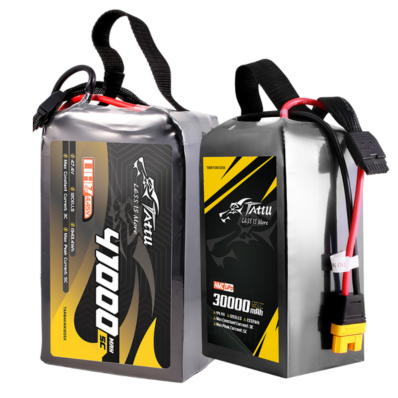
Tattu 12S LiPo Drone Battery Series
-
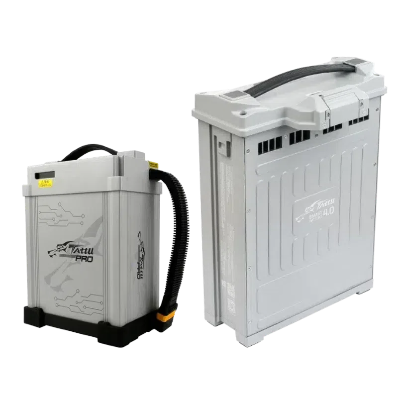
Tattu Agricultural Drone Battery
-
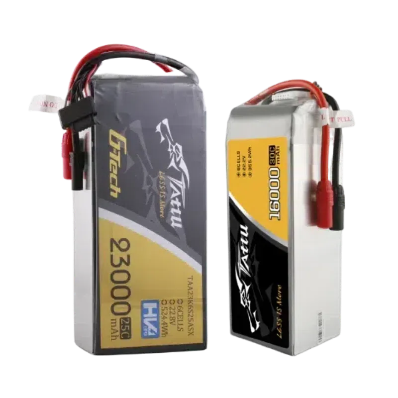
Tattu 6S LiPo Drone Battery Series




